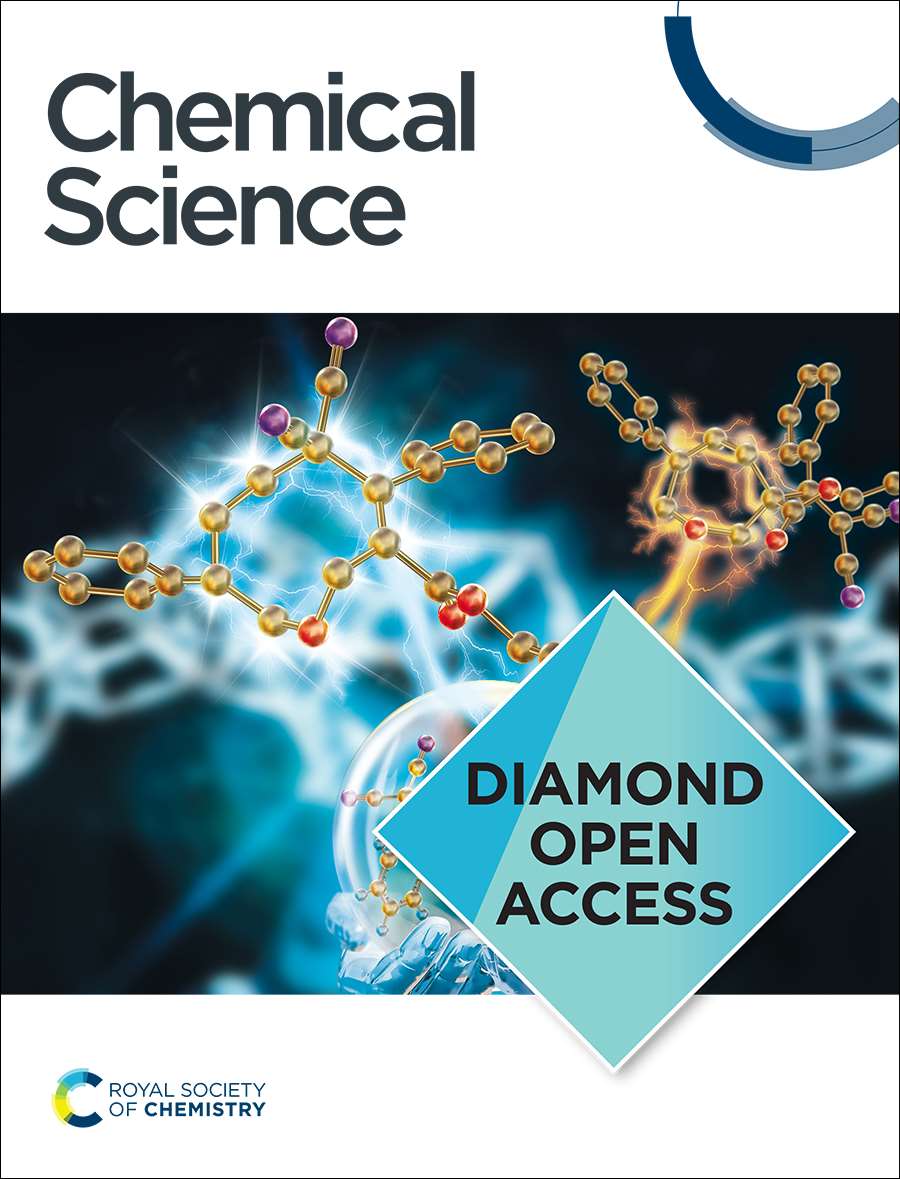Hierarchical Interface Engineering for Advanced Magnesium-Based Hydrogen Storage: Synergistic Effects of Structural Design and Compositional Modification
IF 7.6
1区 化学
Q1 CHEMISTRY, MULTIDISCIPLINARY
引用次数: 0
Abstract
Interface engineering fundamentally revolutionizes magnesium-based hydrogen storage systems by orchestrating atomic-scale interactions and mass transport pathways through precisely engineered structural architectures and chemical environments. This review presents a paradigm-shifting framework that transcends conventional surface modification approaches, establishing interface engineering as a cornerstone strategy for next-generation hydrogen storage materials. Through sophisticated control of interface architecture - from one-dimensional confined channels that facilitate directional hydrogen diffusion, to two-dimensional platforms that maximize catalytic interactions, to three-dimensional networks that optimize spatial organization - we unlock unprecedented control over hydrogen storage dynamics. The strategic modulation of interface chemistry creates synergistic effects between structural features and catalytic functionalities. Metal-metal interfaces orchestrate electron transfer processes and facilitate hydrogen dissociation, while engineered support interfaces maintain structural integrity and enhance cycle life. This multi-level interface control enables simultaneous optimization of thermodynamic destabilization and kinetic enhancement. Advanced characterization and theoretical modeling reveal that the controlled evolution of interface structure during hydrogen cycling plays a pivotal role in determining long-term performance stability. Our comprehensive analysis establishes fundamental correlations between interface architecture and hydrogen storage mechanisms, providing critical insights for rational material design. The review concludes by identifying key challenges and opportunities in translating these interface engineering principles into practical energy storage technologies, offering a roadmap for future development of high-performance magnesium-based hydrogen storage systems.求助全文
约1分钟内获得全文
求助全文
来源期刊

Chemical Science
CHEMISTRY, MULTIDISCIPLINARY-
CiteScore
14.40
自引率
4.80%
发文量
1352
审稿时长
2.1 months
期刊介绍:
Chemical Science is a journal that encompasses various disciplines within the chemical sciences. Its scope includes publishing ground-breaking research with significant implications for its respective field, as well as appealing to a wider audience in related areas. To be considered for publication, articles must showcase innovative and original advances in their field of study and be presented in a manner that is understandable to scientists from diverse backgrounds. However, the journal generally does not publish highly specialized research.
 求助内容:
求助内容: 应助结果提醒方式:
应助结果提醒方式:


